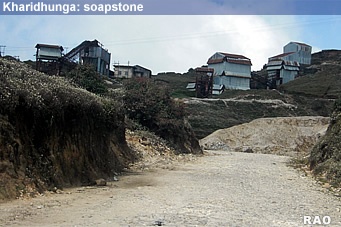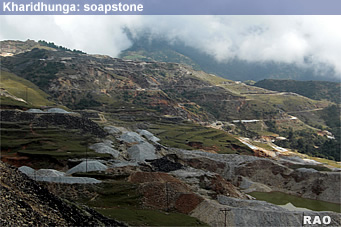 |
Charikot
- Dolakha: Economy |
|
|
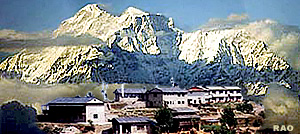 |
|
Traditional Crafts & Technologies |
Despite
its ecological problems, our area still abounds with birds. You will
find them especially on the two forest ranges We have included this section
to introduce you to sorne of our traditional crafts. At the outset we must
stress, however, that you are visiting a poor area visiting which produces
little "artistic' crafts such as elaborate pottery or metalwares.This fact
may partly be due to the absence of valuable raw materials such as good
clay (there are no kiln-fired bricks here) or iron ores (actuallly there
were a few iron mines in this area, for instance in Thosé,
but, the manufacture of arms there ceased, apparently for political reasons).
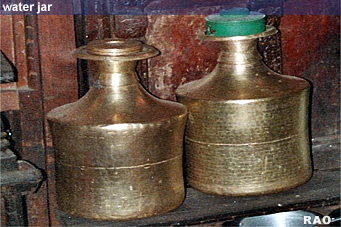 |
| Thus
our blacksmiths still practise their ancient village technology which is
sufficient for the needs of a traditional agriculture, but which has not
developed into a more elaborate but which has not metal industry involving
casting (for instance, household metalwares or hammering of hollow water
jar called 'gaagri'). Other crafts declined with the inflow of modern
industrial goods. |
|
For
instance, village tanning was not able to compete with leather from large
scale tanneries, and the shoe-makers were not only facing raw material
problems in their villages but also the demand for their crafts shifted
to non leather footwear such as PVC sandals or tennis shoes.
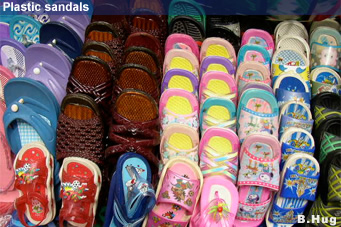 |
| If
a few crafts are an the decline, we also find a large number of mainly
utilitarian products which are being manufactured either the farmers themselves
or by specialists from what is called the occupational castes such blacksmith
(kami), tailors (damai) and cobblers (sarki).
Epecially
in more remote villages without road access the agicultural production
system is to a very large extent one of subsistence if not self-sufficiency. |
|
Accordingly,
you will find that most household items and agricultural tools are manufactured
in the village itself and out of local raw materials (except for metalware
or cotton cloths). ln this way, all the needs of a rural society may be
satisfied with admirably adequate technologies, including shelter, food
conservation, and clothing those techniques developed for agricultural
activities.
ln
terms of artstic crafts, the first place, should go to the Tanka painters from the Lisankhu area as well as from a few other locations along
the road to Kharidhunga and ffand south of the river-crossing at
Busti. Tankas are oil or water-colour paintings with motifs from the Buddhist
or Hindu religions. The ones in our region are Tamang Tankas which
are characterized by Buddhist tantric motifs. In the same village
of Lisankhu we also find the mask carvers (mokundo) whose products
find a ready market in Kathmandu.
From
the soapstone available around Kharidhunga idols and other
artworks are carved and if are lucky you might find some for saIe along
the road there.
Among
the utilitarian crafts we have choosen three fields, milk preservation
techniques, forest products, and weaving, where interesting crafts are
widely in use and which you might encounter on your trek.
|




